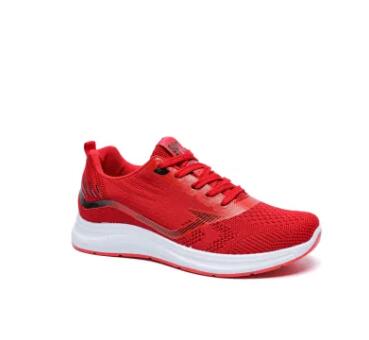What are pronation and supination, and how do sports shoes address these foot movements
2023-11-03
Pronation and supination are natural movements of the foot that occur during the walking or running gait cycle. Understanding these terms is important when choosing sports shoes because different individuals have varying degrees of pronation or supination. Sports shoes can be designed to address these foot movements to promote proper alignment and reduce the risk of injury. Here's an explanation of pronation and supination and how sports shoes address them:
Pronation:
Pronation is the natural inward rolling motion of the foot as it makes contact with the ground and goes through the gait cycle. It helps with shock absorption and weight distribution during walking or running. Pronation can be categorized into three types:
1. Neutral Pronation: In neutral pronation, the foot rolls inward slightly to distribute impact forces and adapt to uneven terrain. This is considered the ideal foot movement, as it provides balanced support and stability.
2. Overpronation: Overpronation occurs when the foot rolls excessively inward during the gait cycle. It can lead to issues such as instability, reduced shock absorption, and a higher risk of overuse injuries, particularly in the knees, hips, and lower back.
3. Supination (Underpronation): Supination, or underpronation, is the opposite of overpronation. It involves the outward rolling of the foot, where the foot does not pronate enough to effectively distribute forces. Supinators may experience issues like inadequate shock absorption and a higher risk of stress-related injuries, especially in the lower legs.
How Sports Shoes Address Pronation and Supination:
1. Cushioning and Shock Absorption: Shoes for overpronators typically have additional cushioning and shock absorption features to counteract the increased impact forces experienced. This helps mitigate the effects of overpronation and provides comfort.
2. Stability and Motion Control: Overpronation can be controlled through stability and motion control features. These shoes often incorporate medial posts (firmer materials on the inner side of the midsole) and other support structures to limit the excessive inward rolling of the foot.
3. Neutral Shoes: Individuals with a neutral pronation pattern are best suited for neutral shoes. These shoes provide balanced cushioning and support without additional stability or motion control features.
4. Cushioned Shoes: For supinators, cushioned shoes are recommended. These shoes offer additional cushioning to compensate for the reduced natural shock absorption due to supination.
5. Supportive Insoles: In some cases, individuals with specific pronation or supination needs may use custom or supportive insoles to address alignment issues and provide additional cushioning.
6. Biomechanical Assessment: It's advisable to undergo a gait analysis and have your foot mechanics assessed by a professional to determine the extent of your pronation or supination. This assessment can guide you in selecting the most suitable sports shoes for your specific needs.
Understanding your foot mechanics and selecting the appropriate sports shoes that cater to your pronation or supination type can help improve comfort, reduce the risk of injuries, and enhance your overall performance during physical activities.



